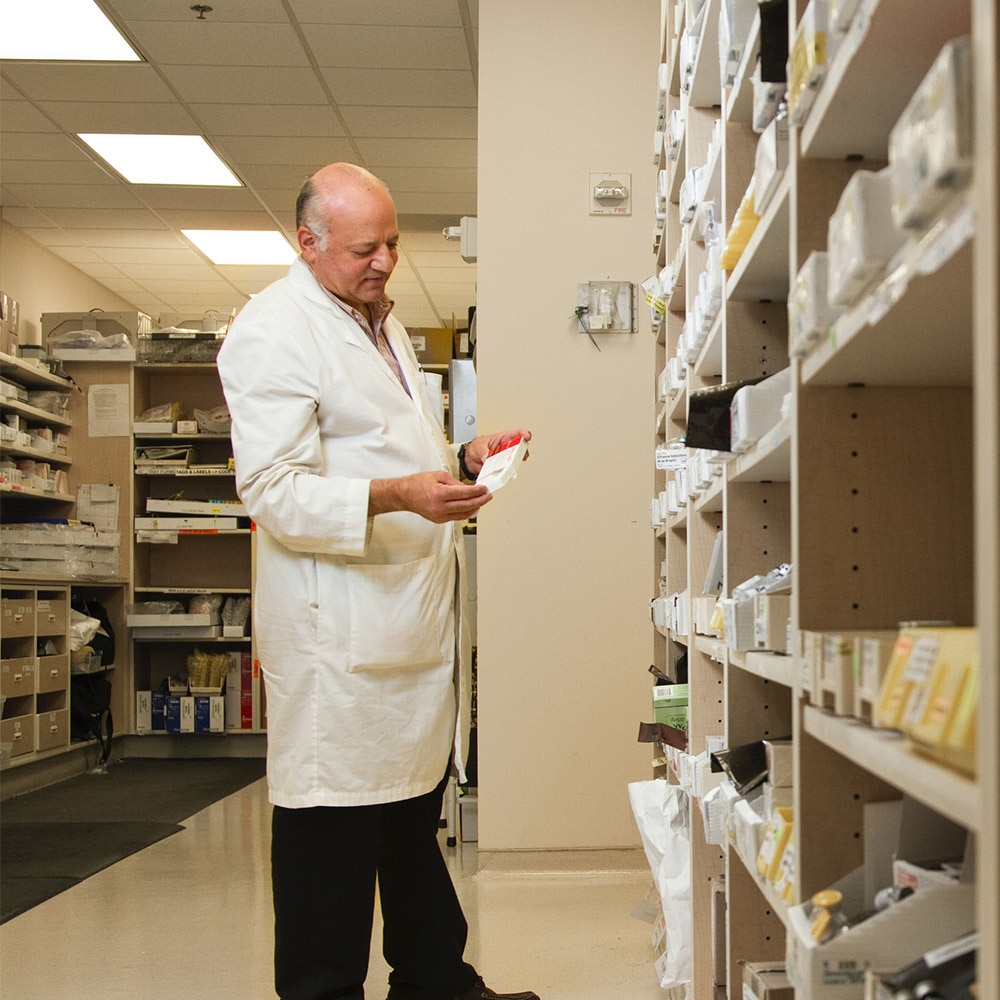
The risks of MDMA: hysteria and hypocrisy vs the evidence
Josh Donelly
29.12.15
Since MDMA (‘ecstasy’) was first found to be available on Australian illicit drug markets, authorities and media have provided the public with misleading information about it, and stigmatised MDMA users. Every ecstasy-related death is reported in the press, while thousands of alcohol and tobacco-related fatalities are never mentioned. There is now ample evidence to conclude that the perceived dangerousness of MDMA is not commensurate with its real risks.
Considering the popularity of ecstasy, death as a direct result of MDMA use is very rare. The most recent Australian data available shows that between 2001 and 2004, when MDMA use was more common than today, MDMA was deemed a primary contributor to 51 deaths. Of those, there were only six cases where MDMA was the only drug identified.
It’s also likely that many of these deaths could have been prevented if harm minimisation initiatives were implemented. The media went into frenzy when 15-year-old Anna Wood died after taking ecstasy in 1995. While Anna did consume at least some MDMA, the coroner’s report reveals that water intoxication played a significant role in her death. It is reasonable to believe that Anna could still be alive today if not for the excessive water consumption. While prohibition could not prevent Anna’s death, providing information about appropriate fluid intake to all persons in the club may have.
There have been several assertions that MDMA destroys serotonin axons in the brain, which can cause long-term cognitive impairment and psychological problems such as depression. Most research in this area is flawed and several studies have produced results contradicting these claims. Some researchers have administered the wrong drug or high frequent doses of MDMA in animals. In reality, the majority of human users only take MDMA occasionally. There is currently no evidence that occasional MDMA consumption in humans at common recreational doses causes serious brain damage or long-term harm. MDMA has been around in Australia for nearly 30 years and its use has increased since prohibition. If initial claims about MDMA harms were accurate, the millions who have taken it would now all have lost the plot.
Information on MDMA dependence potential remains unreliable; there are significant discrepancies with data relating to its prevalence and no consensus on how it can be accurately assessed. MDMA dependence is not recognised in the American Psychiatric Association’s Diagnostic and Statistical Manual or the World Health Organisation’s International Classification of Diseases. Tolerance to MDMA’s psychological actions can build up with frequent consumption, although individuals do not typically experience craving or inability to stop use. After the peak-high period, continuing to use MDMA provides little benefit, which appears to have a self-limiting effect. Actual MDMA addiction is almost unheard of, which cannot be said for legal drugs.
Based on harm to the individual alone, the Independent Scientific Committee on Drugs (ISCD) ranks MDMA at number 15 of 20, far behind alcohol (4th) and tobacco (8th). Professor David Nutt, former chairman of the Advisory Council on the Misuse of Drugs (ACMD) in the UK famously compared the harms of ecstasy with horse riding. Nutt estimated that acute harm to the participant occurs approximately 1 in 350 episodes with horse riding, versus 1 in every 10,000 episodes with ecstasy use. There are also other legal activities that may carry a greater potential for harm to the individual than MDMA use, such as unprotected sex with strangers.
The familiar line that “there is no safe amount” of ecstasy to consume doesn’t stack up against the evidence. Over 1200 volunteers have now taken MDMA in clinical trials without serious consequences. Whether taken for medicinal or recreational purpose, there is clearly at least an amount of MDMA that is relatively safe compared to legal activities. Despite killing thousands of people every year, almost nobody supports prohibition of alcohol and tobacco, or the criminalisation of alcohol drinkers and tobacco smokers. The idea that MDMA prohibition and the criminalisation of users is justified by the risks of using MDMA is consequently nothing short of hypocritical.
Refrences:
This is the second of a series of six posts, based on Josh’s paper ‘The case for MDMA (ecstasy) regulation’ (http://www.ncbi.nlm.nih.gov/pubmed/26349381) published in the Journal of Law and Medicine, June 2015, 22(4):823-45. The paper challenges the medical and legal case for preventing legal access to MDMA and criminalising users, and proposes a properly regulated alternative. Access the full text with references here.
Photo Credit:
Anthony DELANOIX on Unsplash
Read the series
The case for MDMA regulation

Why is MDMA illegal, anyway?
To this day, there is no clear supporting evidence for the decision to restrict MDMA use in Australia through the application of criminal law. Here’s why.

Legal access to MDMA: why and how
Pharmacist Josh Donelly teamed up with Unharm director Will Tregoning to outline the main arguments for regulated, legal MDMA and what legal access in Australia could look like.

The negative impacts of MDMA prohibition
The damaging effects of MDMA prohibition itself are even more concerning than that failure.

What would Mills have to say about MDMA?
British philosopher John Stuart Mill argued that one’s “own good, either physical or moral, is not a sufficient warrant” for state intervention.
Sign up
Sign up for movement news and opportunities to get involved
We are building a movement to make drug use legal and safe in Australia so that everyone has a better chance to lead a healthy and happy life.